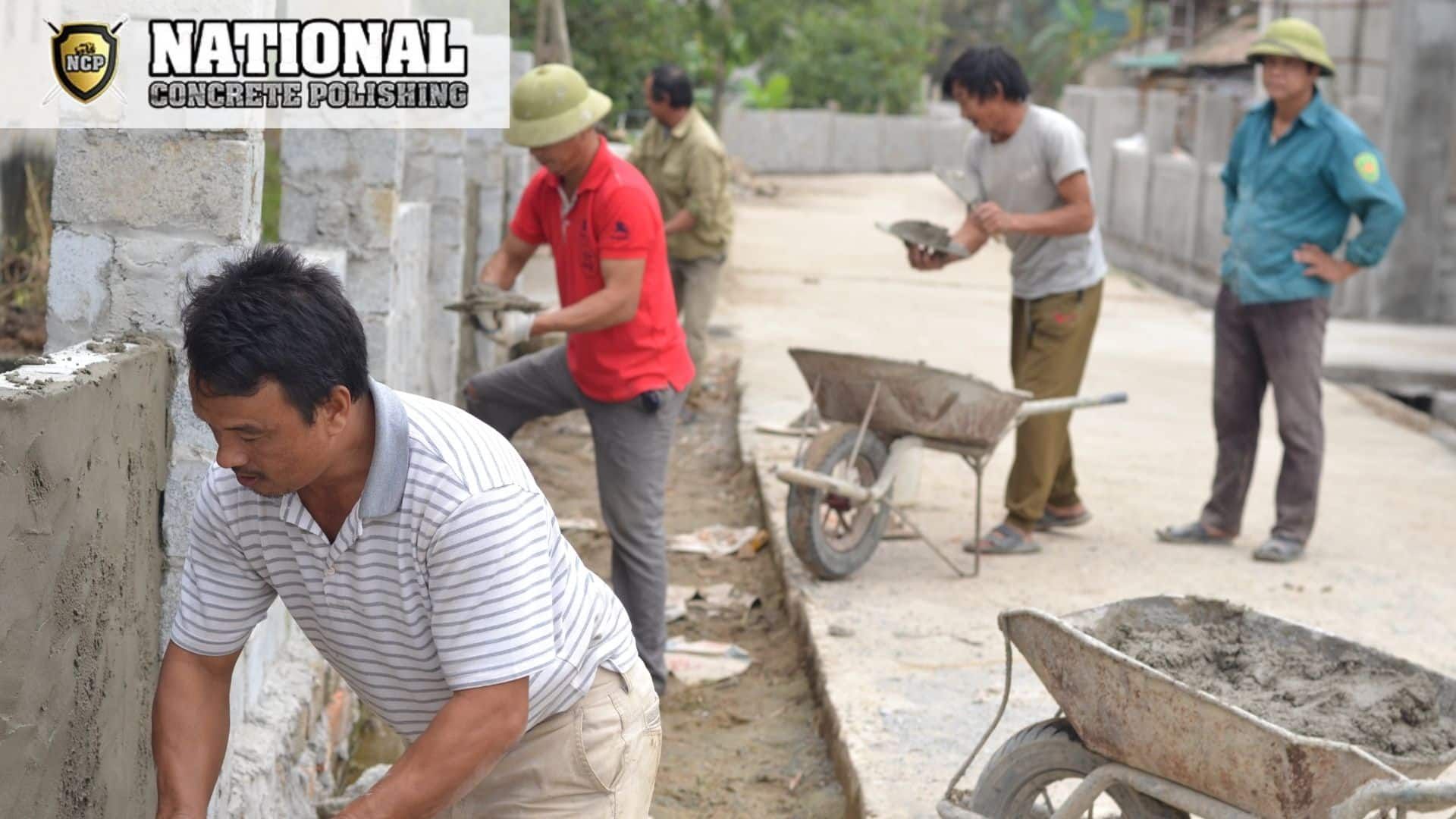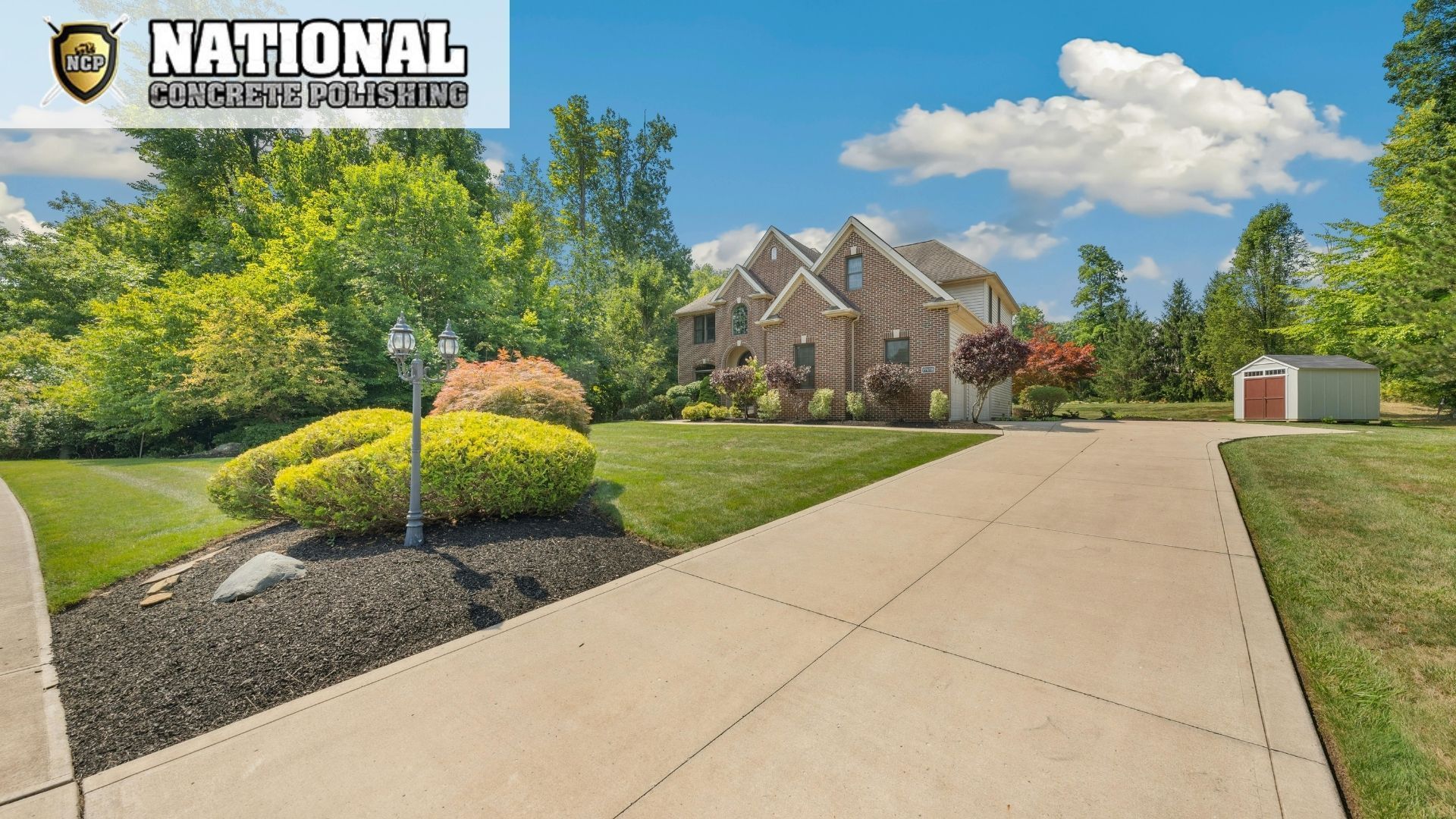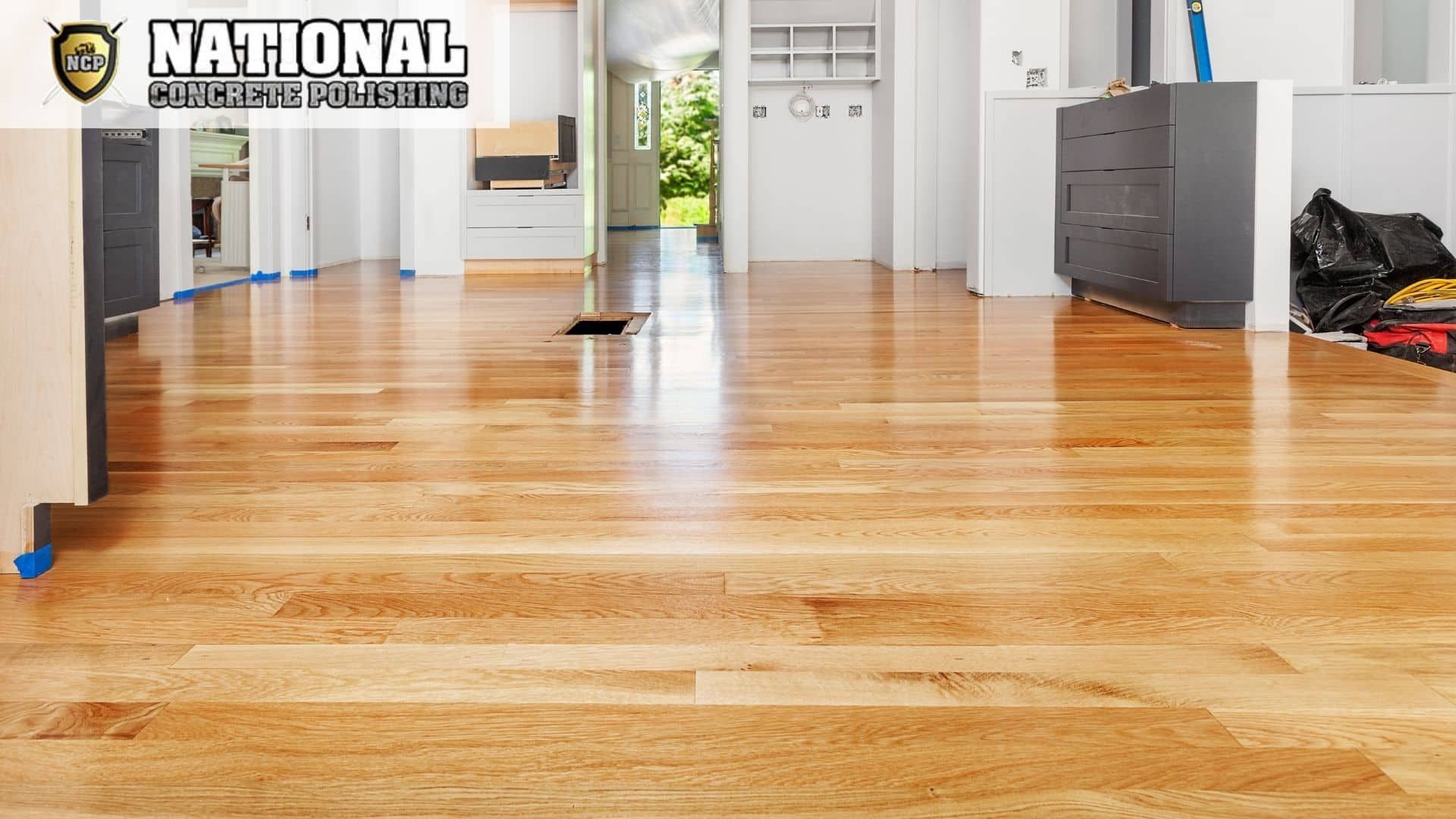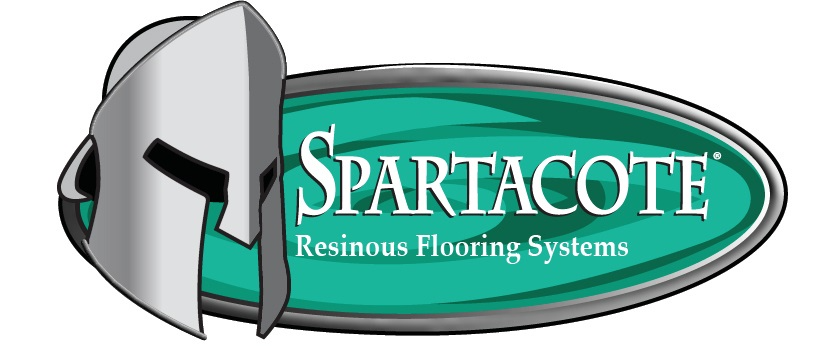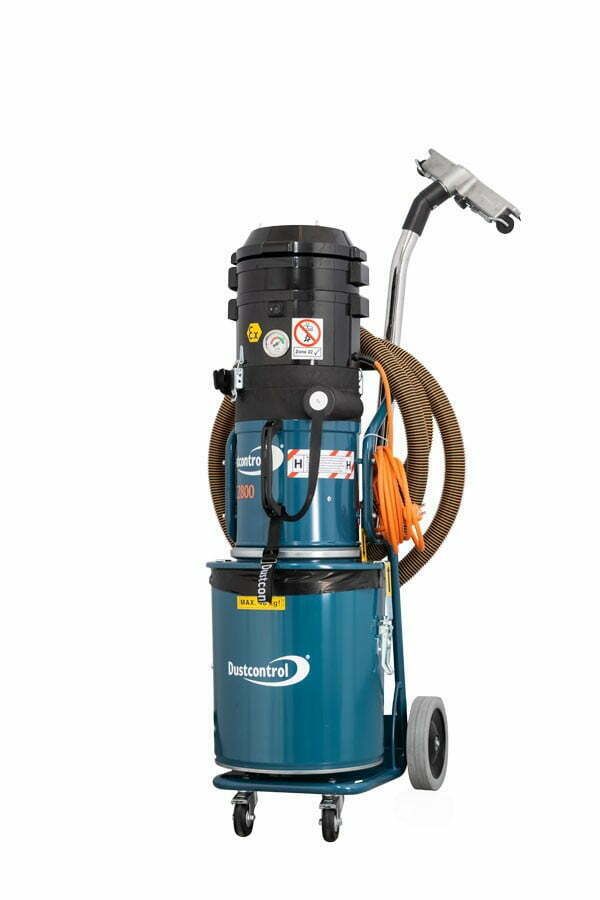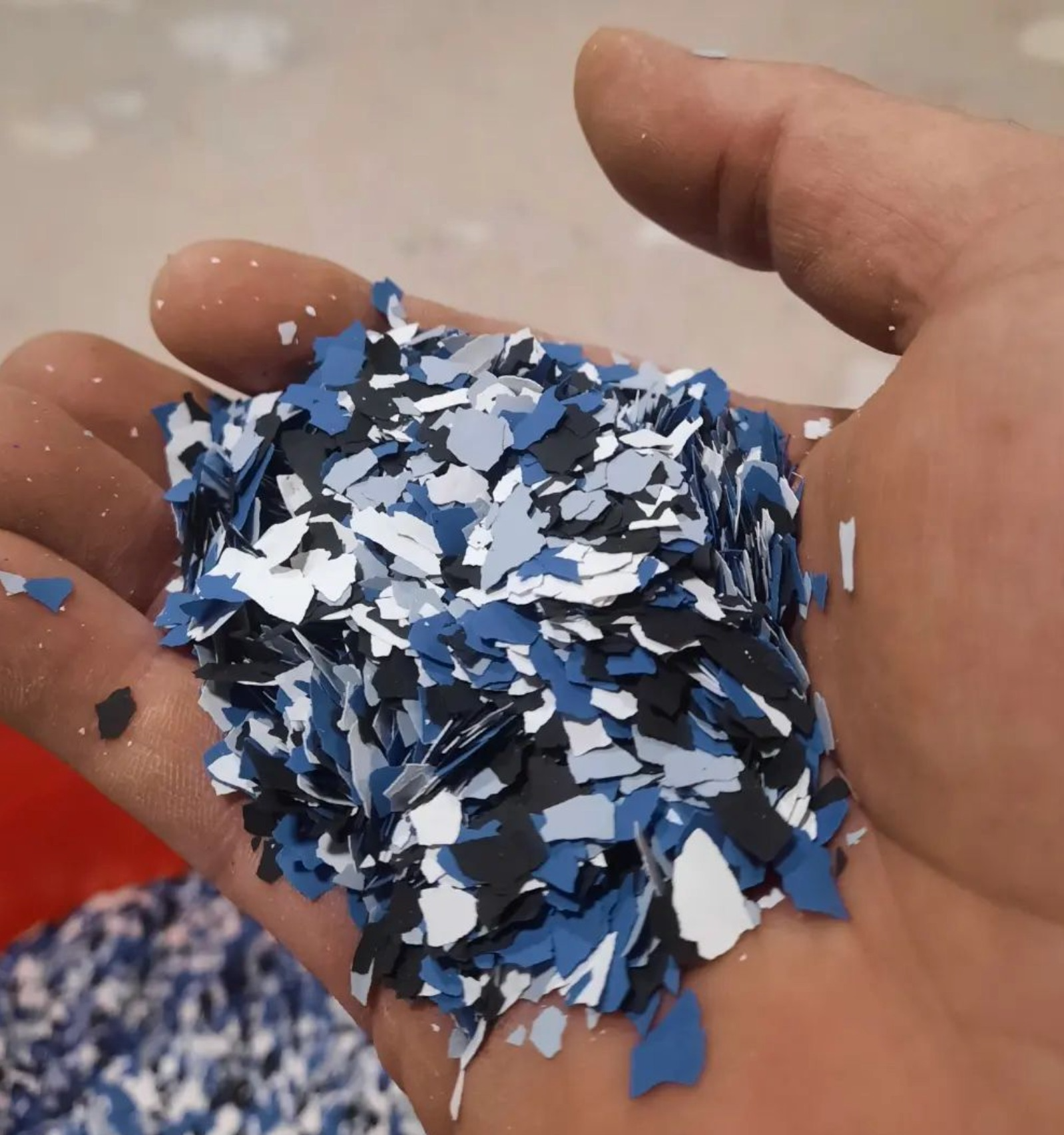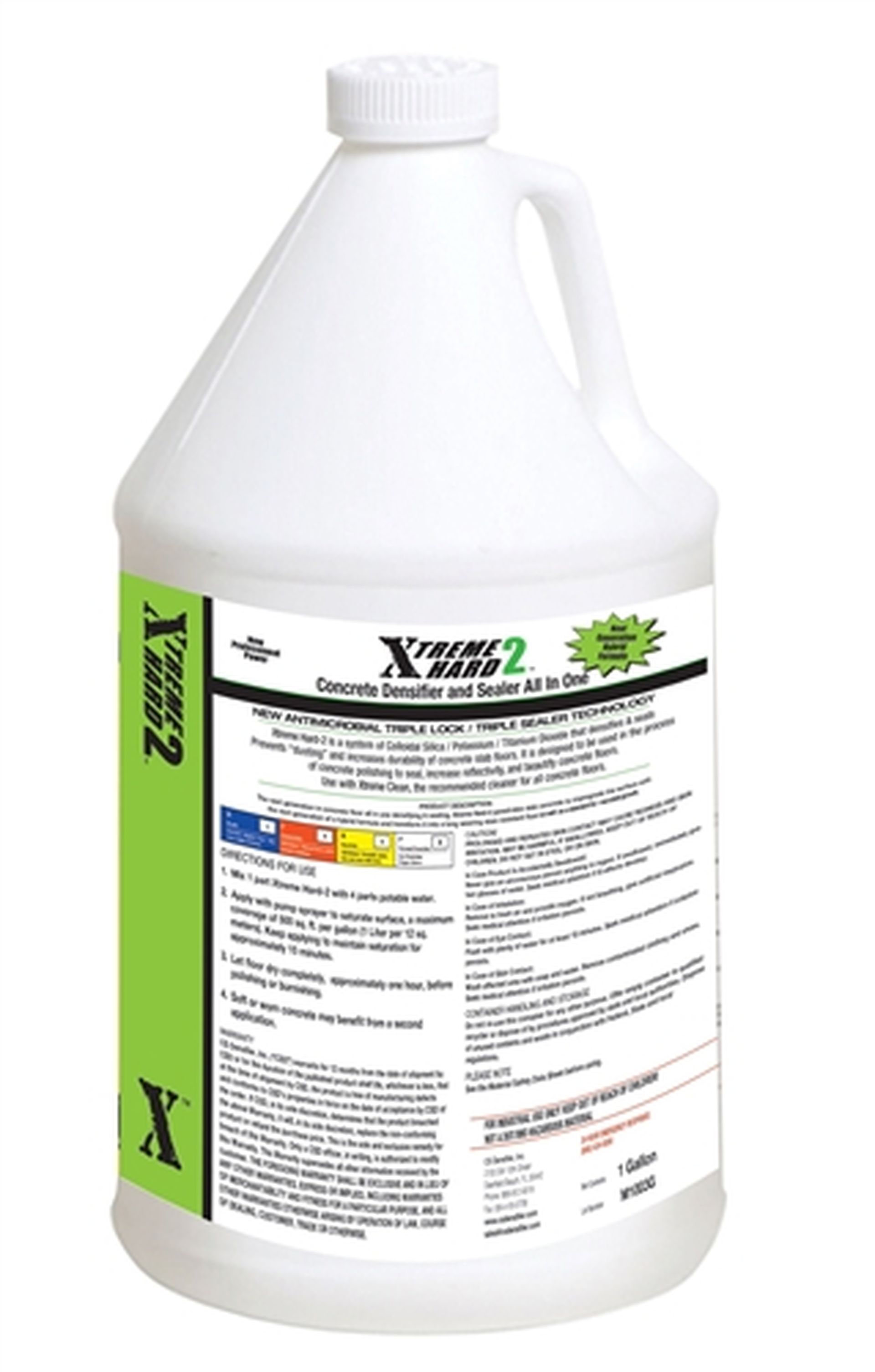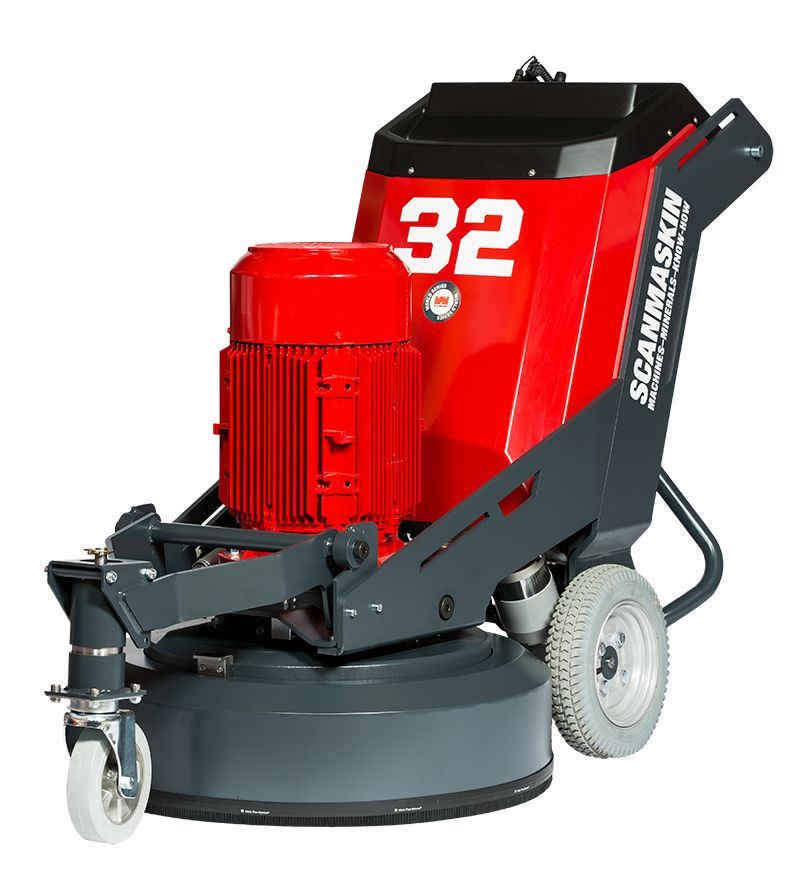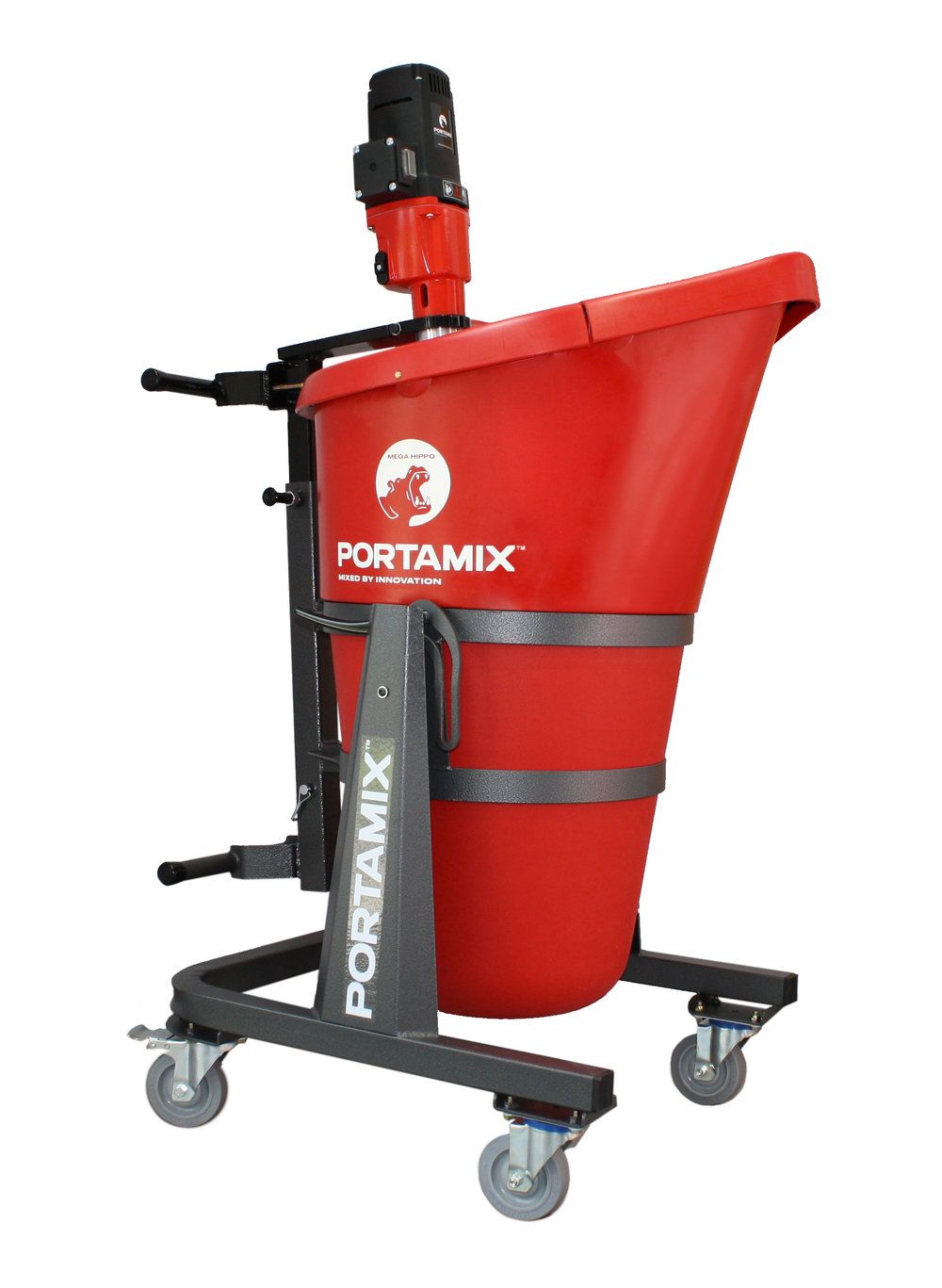Why Polishing Concrete Countertops Elevates Kitchen and Bath Design
72% of renovators now prioritize surfaces that combine durability with artistic flair, according to a 2024 National Home Design Survey. This shift explains why transformed cement-based surfaces have become the fastest-growing choice in modern kitchens and baths. What was once considered industrial flooring material now rivals premium stone in upscale interiors.
Specialized refinement techniques unlock hidden visual drama within cement mixtures. By carefully removing thin layers, craftsmen expose natural sand textures or bold stone aggregates. This method creates one-of-a-kind patterns that marble or granite simply can’t match.
Modern approaches let you choose your aesthetic intensity. A delicate buff reveals subtle mineral flecks, while deeper grinding showcases striking geological formations. These finishes withstand daily use better than many traditional materials, maintaining their luster for decades with proper care.
Key Takeaways
- Surface enhancement techniques reveal hidden natural textures in cement mixtures
- Multiple finish levels cater to different design preferences
- Refined surfaces outperform many stone materials in durability
- Unique geological patterns ensure no two pieces are identical
- Proper maintenance ensures decades of visual appeal
This guide breaks down how surface transformation works and why it’s become essential for homeowners valuing both style and practicality. Trusted by design experts nationwide, these methods turn basic slabs into conversation-starting centerpieces.
The Transformative Impact on Kitchen and Bath Design
Your kitchen or bath gains character through materials shaped by local geology. Regional stone blends create distinct visual personalities—Northern California’s quartz-rich mixtures differ dramatically from Midwest limestone varieties. This natural fingerprint ensures your space reflects the earth’s artistry.
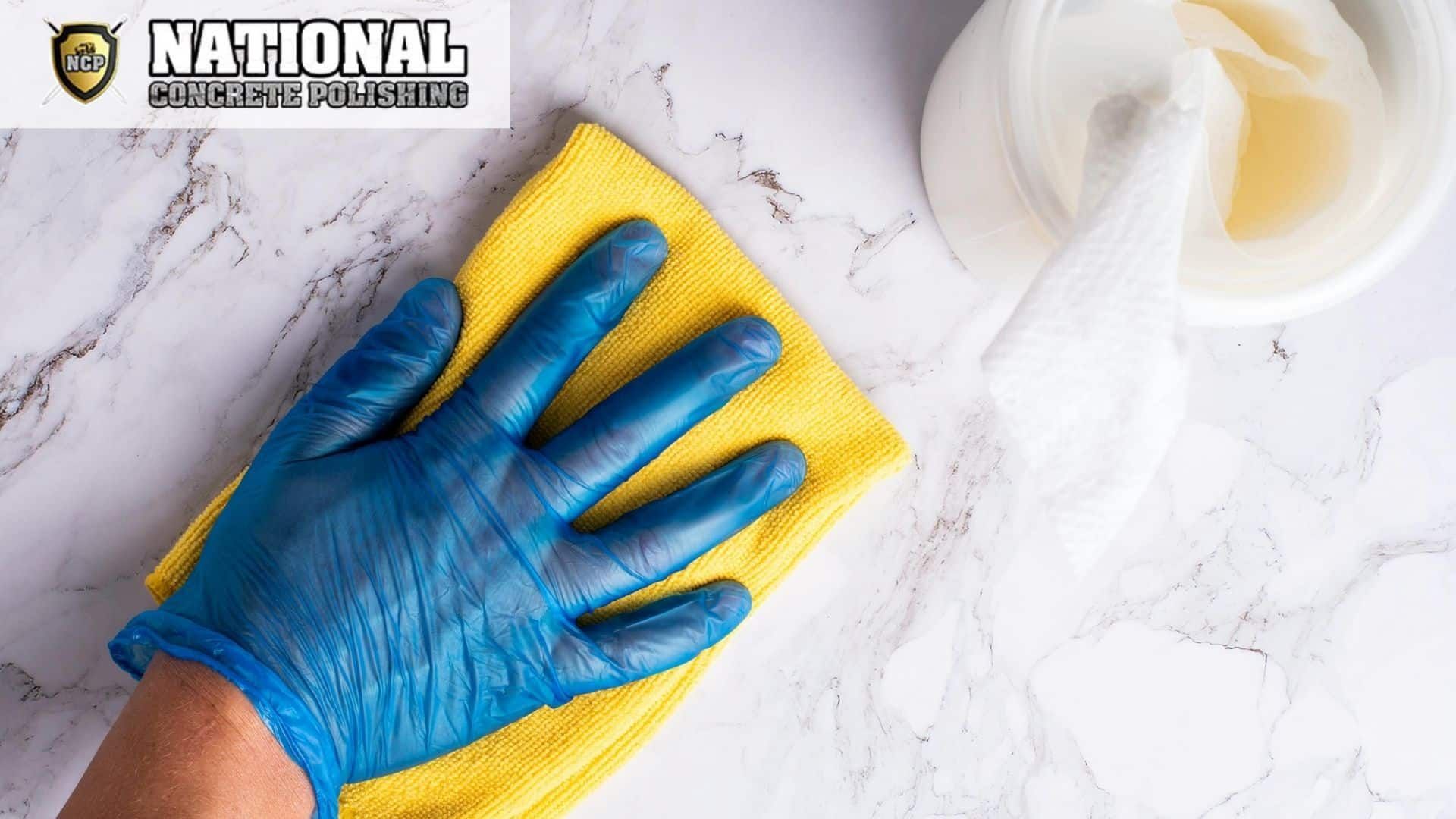
Elevating Aesthetic Appeal and Modern Style
Specialized techniques uncover hidden beauty in everyday materials. Craftsmen reveal intricate mineral formations through precise layer removal. You get organic patterns that manufactured alternatives struggle to imitate—each swirl and fleck tells a geological story.
| Feature | Traditional Stone | Polished Surface |
|---|---|---|
| Heat Resistance | Moderate | High |
| Scratch Resistance | Variable | Superior |
| Maintenance Needs | Frequent sealing | Annual treatment |
| Pattern Uniqueness | 40-60% repeat | 100% original |
Improving Durability and Ease of Maintenance
These refined surfaces withstand daily challenges better than most options. Spills wipe clean without staining, while hot pans leave no marks. You’ll spend less time worrying about damage and more enjoying your space’s evolving beauty.
The finish deepens in richness over years, developing a luminous patina. Unlike materials that degrade, these surfaces mature like fine wood. Your maintenance routine stays simple—mild soap and water preserve the timeless look.
Essential Concrete Countertops Polishing Techniques
Achieving a flawless finish requires three key elements: precision tools, methodical execution, and safety awareness. Professionals rely on diamond-embedded systems and controlled water flow to transform raw slabs into gleaming masterpieces. Let’s explore the core methods that separate amateur attempts from gallery-worthy results.
Selecting the Right Diamond Pads and Grit Levels
Start with 50-grit pads to remove surface imperfections, progressing through 100, 200, and 400 grits. Soft pads with rubber backers help beginners avoid gouging, while rigid versions demand perfect alignment. Higher grits (800-3000) create mirror-like reflections by gradually smoothing microscopic scratches.
Mastering Variable Speed Wet Polisher Usage
Set your tool between 1500-2000 RPM for optimal control. Connect the water feed system to reduce friction and airborne particles. Maintain consistent circular motions, letting the machine’s weight apply pressure. Always use GFCI outlets and wear protective gear during operation.
Step-by-Step Process from Cast to Ground Finish
Begin polishing 24-72 hours after pouring when the material reaches 3000 PSI strength. Work through each grit sequentially, cleaning thoroughly between stages. Check for uniform texture under angled lighting before advancing. Final sealing locks in the desired sheen while protecting against stains.
- 50-200 grit: Surface leveling
- 400-800 grit: Scratch removal
- 1500-3000 grit: Gloss enhancement
- Sealers: Long-term protection
Professional Insights for South Florida Projects
South Florida’s tropical climate demands specialized approaches for achieving flawless surfaces. High humidity and sudden rain showers affect curing times, while salt air influences material choices. Local experts like National Concrete Polishing have refined techniques to overcome these challenges through 15 years of regional experience.
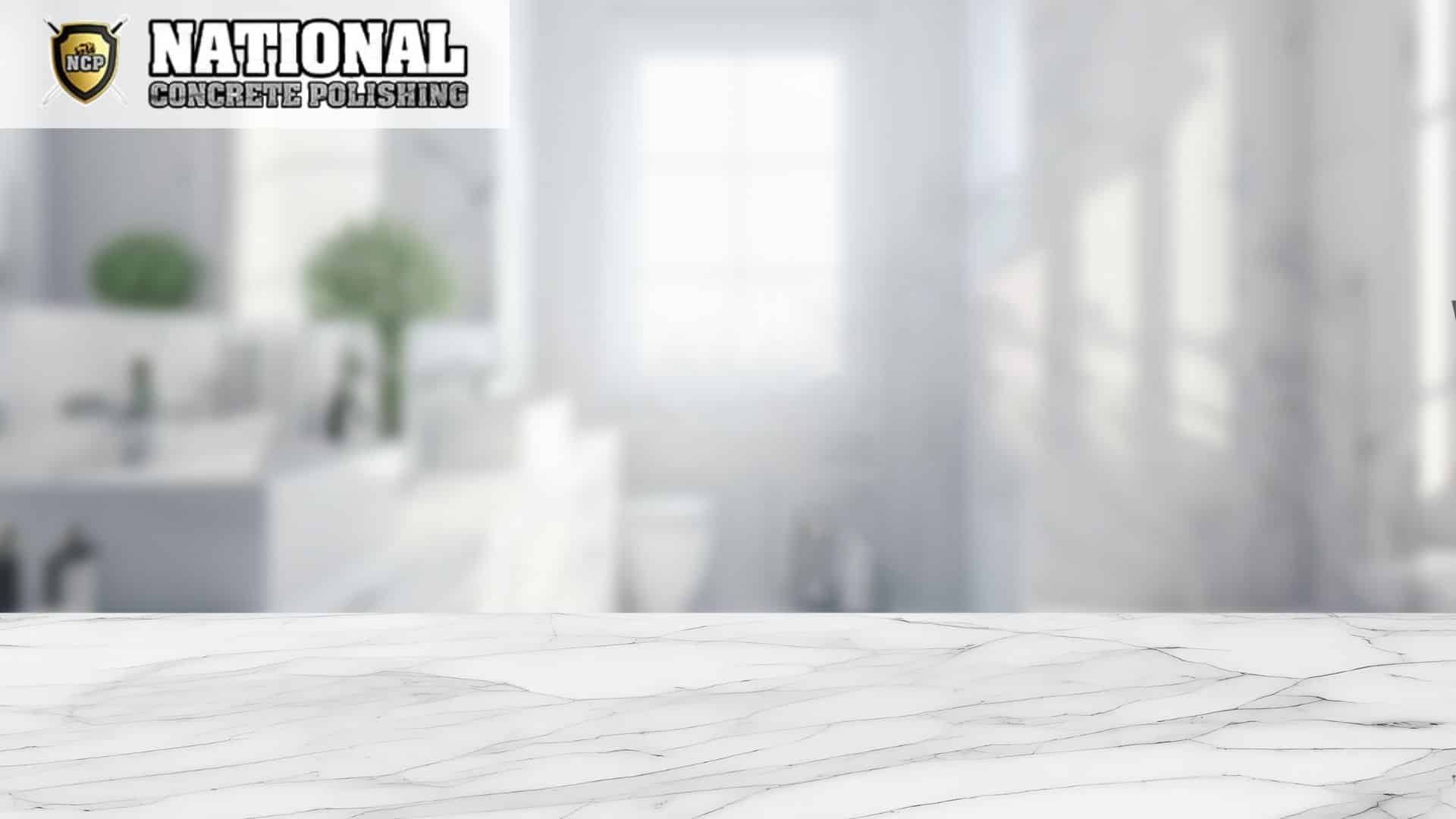
Unique Considerations for Local South Florida Conditions
You’ll encounter distinctive aggregates in regional mixes. Coastal areas often contain crushed coral or shell fragments that sparkle when exposed. Inland projects might feature limestone blends requiring adjusted grinding speeds. This table shows common local materials and their polishing characteristics:
| Aggregate Type | Source | Polishing Difficulty | Visual Effect |
|---|---|---|---|
| Coral fragments | Coastal regions | Moderate | Subtle shimmer |
| Limestone | Inland quarries | High | Muted earth tones |
| Recycled glass | Urban projects | Low | Vibrant accents |
Subtle Brand Expertise from National Concrete Polishing
Their technicians recommend starting diamond grinding at 50% slower speeds during rainy seasons. This prevents slurry from drying too quickly in humid air. For outdoor projects, they use shaded polishing stations with angled drainage to handle afternoon thunderstorms common across Miami and Fort Lauderdale.
Integrating Safety Measures and Preparation Tips
Always wear rubber-soled boots when working with wet tools near electrical equipment. Set up portable ventilation fans to manage Florida’s sticky heat during indoor projects. When filling microscopic pores at the 400-grit stage, mix slurry with cool water to extend working time before it hardens.
Elevate slabs on closed-cell foam during polishing to prevent moisture absorption from damp surfaces. Professionals complete final sealing within 2 hours of slurry application to avoid dew point interference – a critical step in coastal communities where nightfall brings rapid temperature drops.
Ready to Transform Your Space with Professional Concrete Polishing?
Imagine walking into a kitchen where every surface tells a story of craftsmanship. Achieving this level of refinement requires more than basic tools—it demands professional expertise. Specialists bring an eye for detail that turns functional areas into artistic statements.
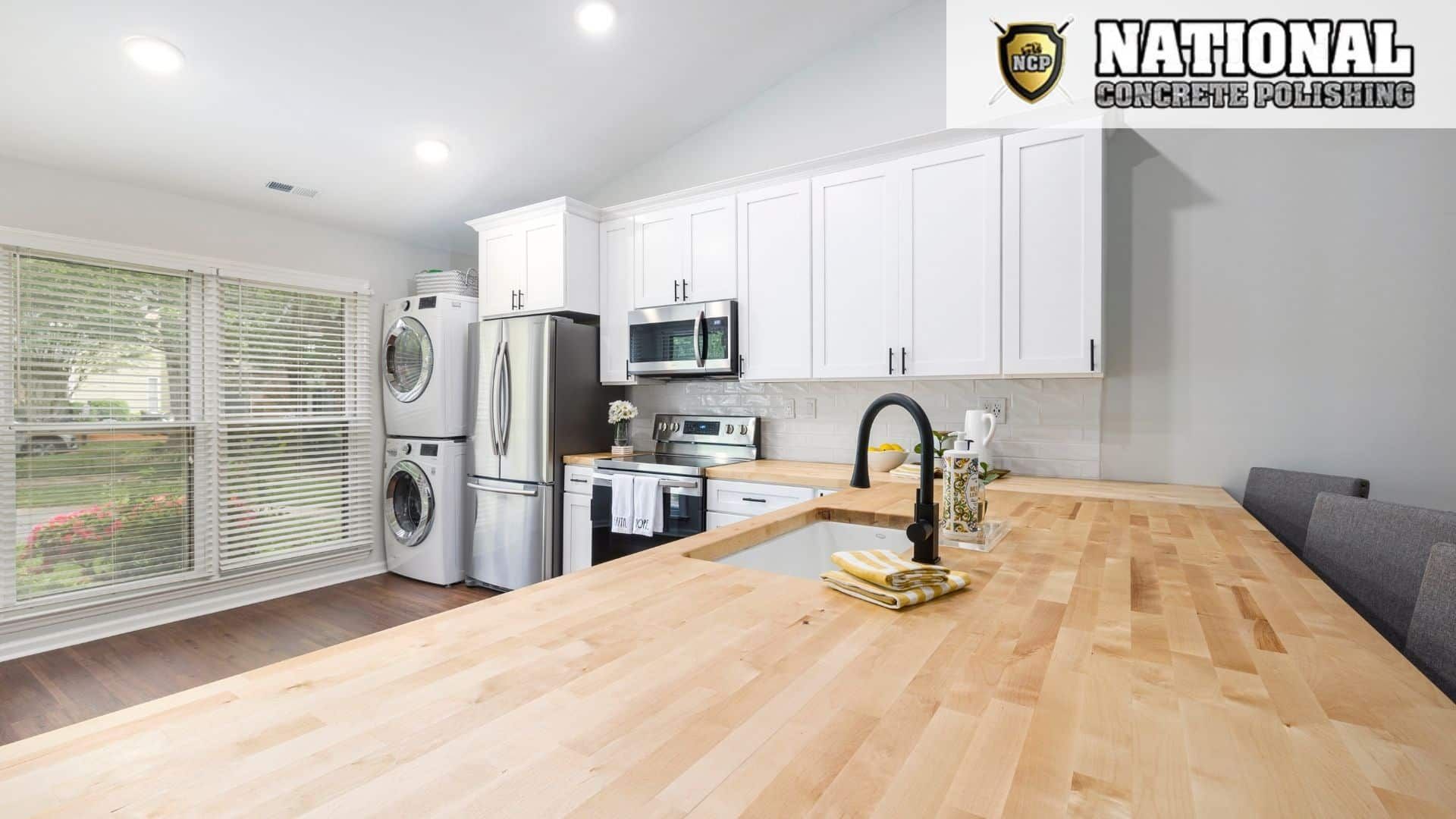
Local conditions significantly impact finishing results. Humidity levels, material composition, and even airborne particles affect outcomes. This table shows why professional services outperform DIY attempts in South Florida:
| Factor | DIY Approach | Professional Service |
|---|---|---|
| Equipment Quality | Consumer-grade tools | Industrial diamond systems |
| Aggregate Knowledge | Limited research | 15+ years experience |
| Climate Adaptation | Trial and error | Proven techniques |
| Finish Longevity | 2-5 years | 10+ years |
National Concrete Polishing handles projects with surgical precision. Their team adjusts methods for coastal salt air and sudden rainfall patterns unique to our region. You gain surfaces resistant to humidity-related issues that plague amateur work.
Contact their specialists at +1 877-661-7562 for tailored solutions. They’ll assess your space, recommend ideal finishes, and ensure lasting quality. Transform your kitchen or bath with surfaces that combine practicality and visual impact.
Conclusion
Modern surface refinement techniques unlock possibilities beyond traditional materials. By mastering diamond grit progression and equipment control, you create surfaces that blend artistry with practicality. Each project becomes a showcase of geological character, shaped by skilled hands rather than factory molds.
Proper preparation and safety protocols ensure lasting results. From selecting abrasives to managing environmental factors, attention to detail makes the difference between amateur attempts and professional-grade finishes. These methods protect your investment while delivering unique visual depth.
The right approach transforms functional spaces into design statements. Durable, low-maintenance surfaces mature gracefully, developing richer character over time. You gain surfaces that withstand daily use while elevating your home’s aesthetic narrative.
Whether revealing subtle mineral veining or bold aggregate patterns, these techniques offer tailored solutions. They bridge the gap between industrial strength and artistic expression, proving functional materials can become interior design anchors. Your space deserves finishes that tell a story worth preserving.
FAQ
What makes polished surfaces a better choice for kitchens and baths?
Polished finishes offer enhanced durability, a sleek modern aesthetic, and simplified upkeep compared to traditional materials. Their resistance to stains and scratches makes them ideal for high-use areas.
How do diamond pads influence the final look of the surface?
Diamond pads with varying grit levels determine texture and shine. Coarse grits (50-200) remove imperfections, while finer ones (400-3000) create a smooth, reflective finish. Proper progression ensures optimal results.
Why use a variable speed wet polisher during the process?
Adjustable speeds allow precise control for different stages, from aggressive grinding to delicate smoothing. Integrated water feed minimizes dust and prevents overheating, ensuring a consistent finish.
What steps are involved in achieving a ground finish?
After casting, start with coarse grinding to level the slab. Gradually refine with higher grit pads, then apply a penetrating sealer to protect against moisture and daily wear.
Are there regional factors to consider in South Florida projects?
High humidity and coastal salt air demand specialized sealers and extended curing times. Partnering with local experts ensures materials and methods align with environmental challenges.
How can you extend the lifespan of your polished surface?
Clean spills promptly with pH-neutral solutions, avoid abrasive scrubbers, and reapply sealant every 1-2 years. This preserves both appearance and structural integrity.
What safety protocols are critical during polishing?
Wear rubber boots, goggles, and gloves to protect against slurry. Secure the workspace to prevent trips, and use wet/dry vacuums to manage debris during grinding stages.
How do professionals avoid scratches during refinement?
Progress through grits sequentially without skipping steps. Inspect pads for embedded debris, and maintain even pressure to prevent uneven spots or gouges in the material.

